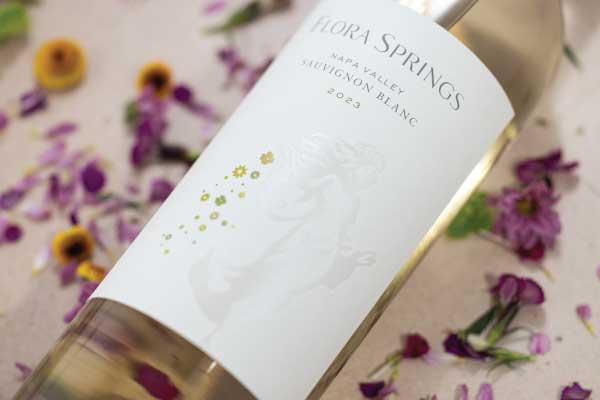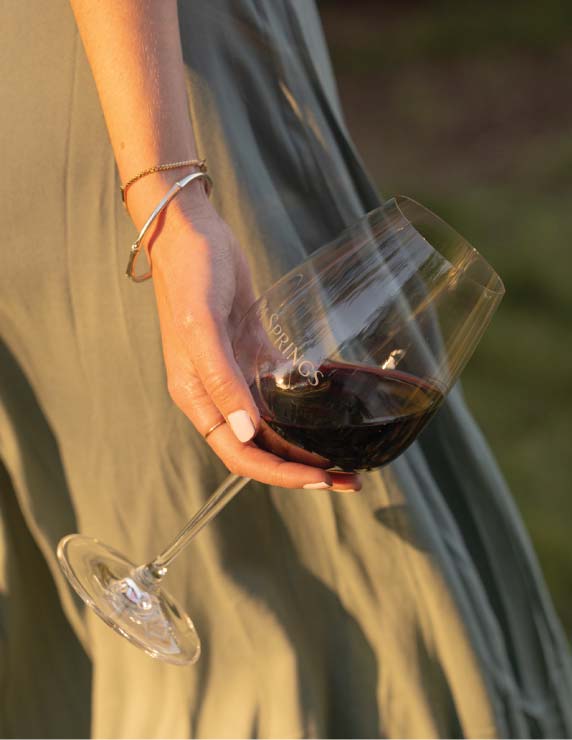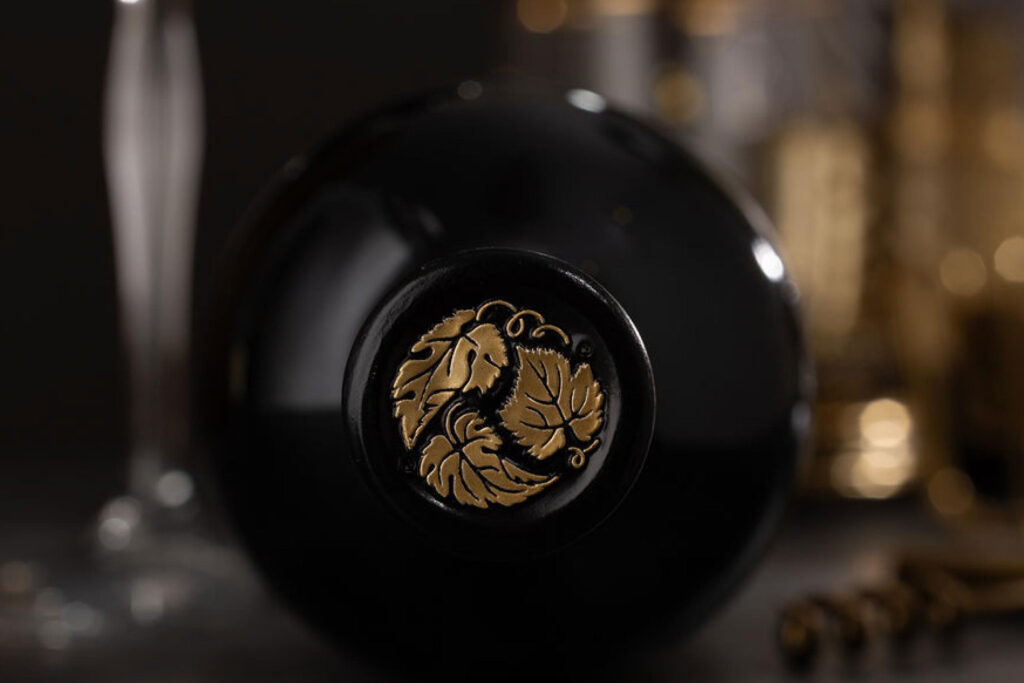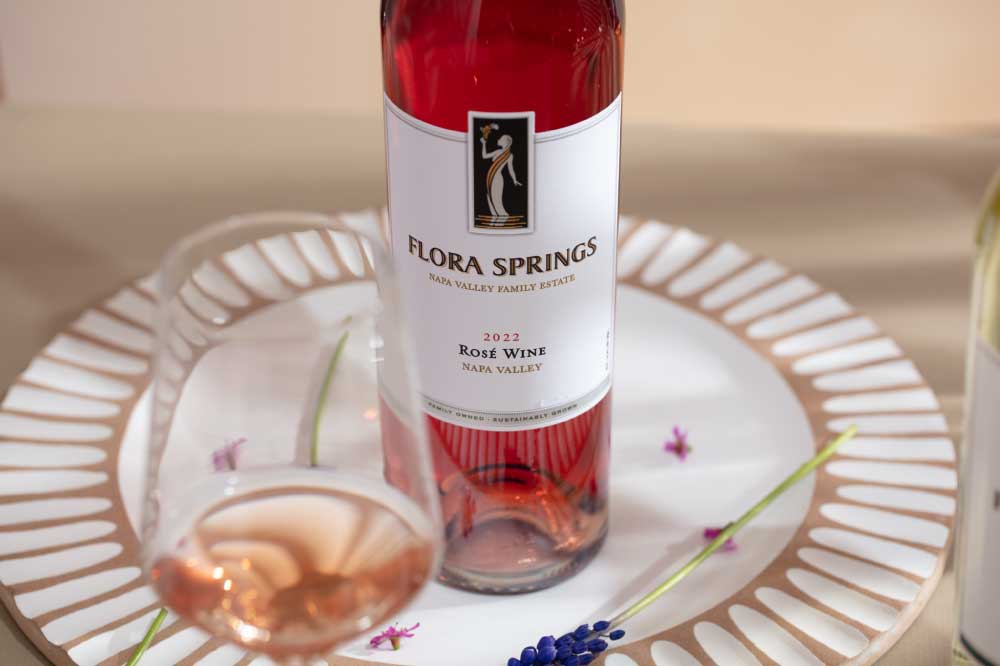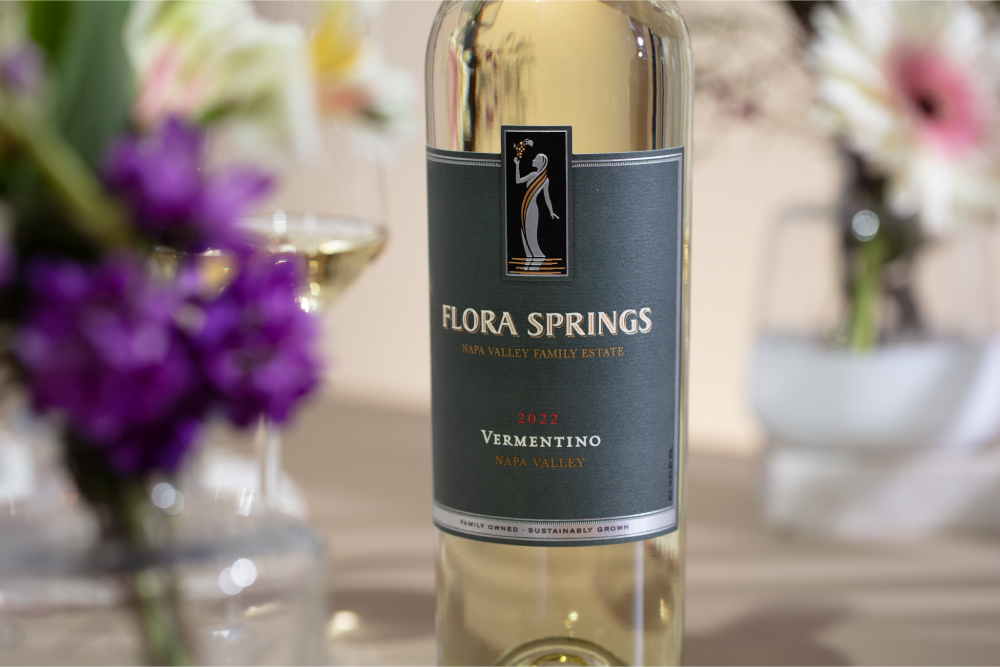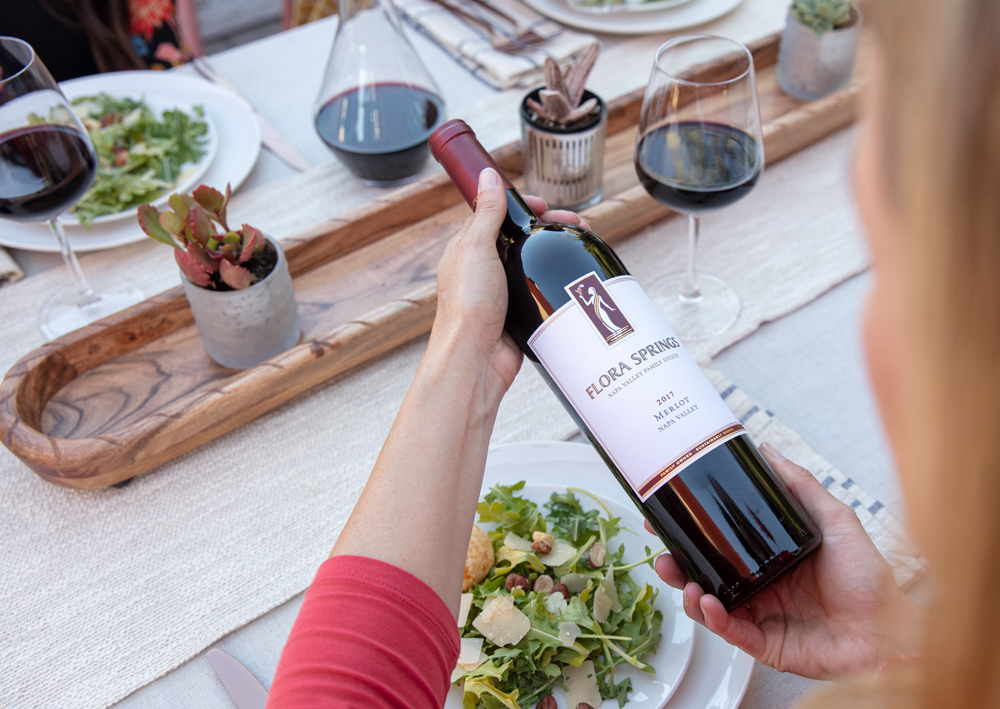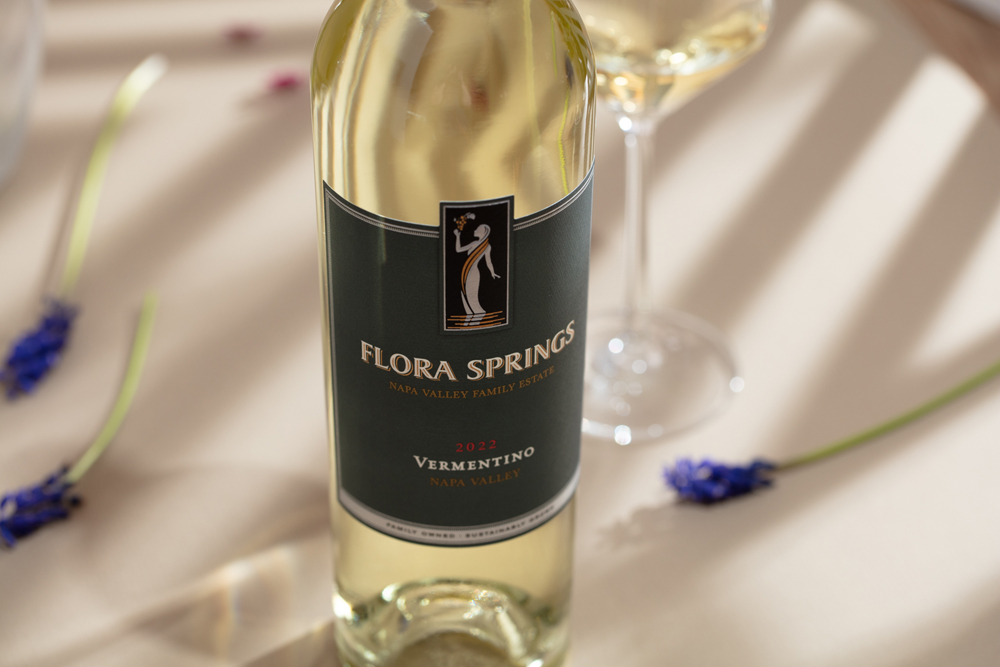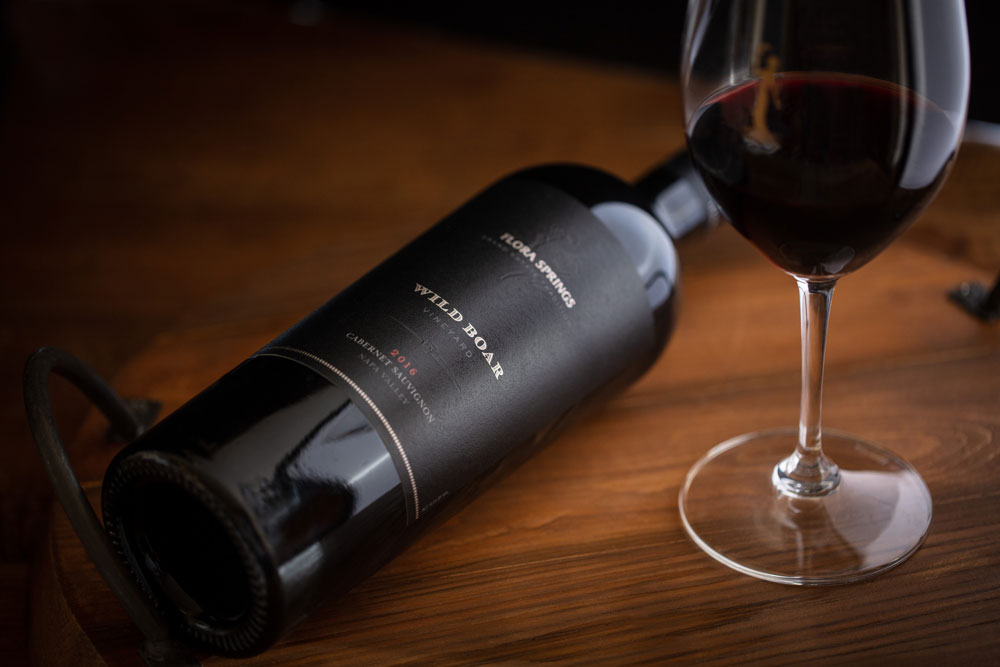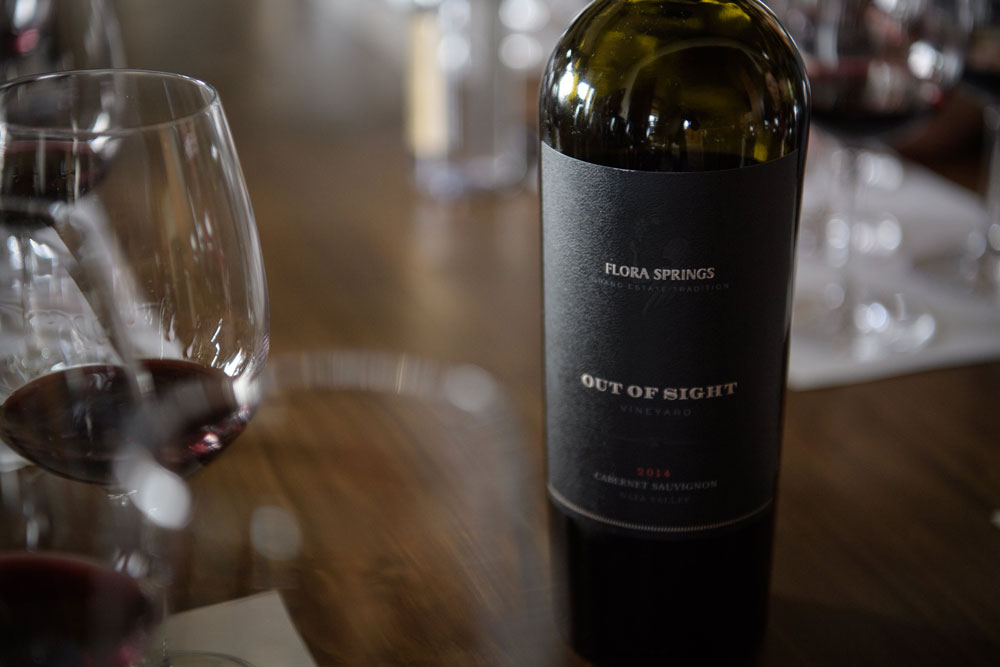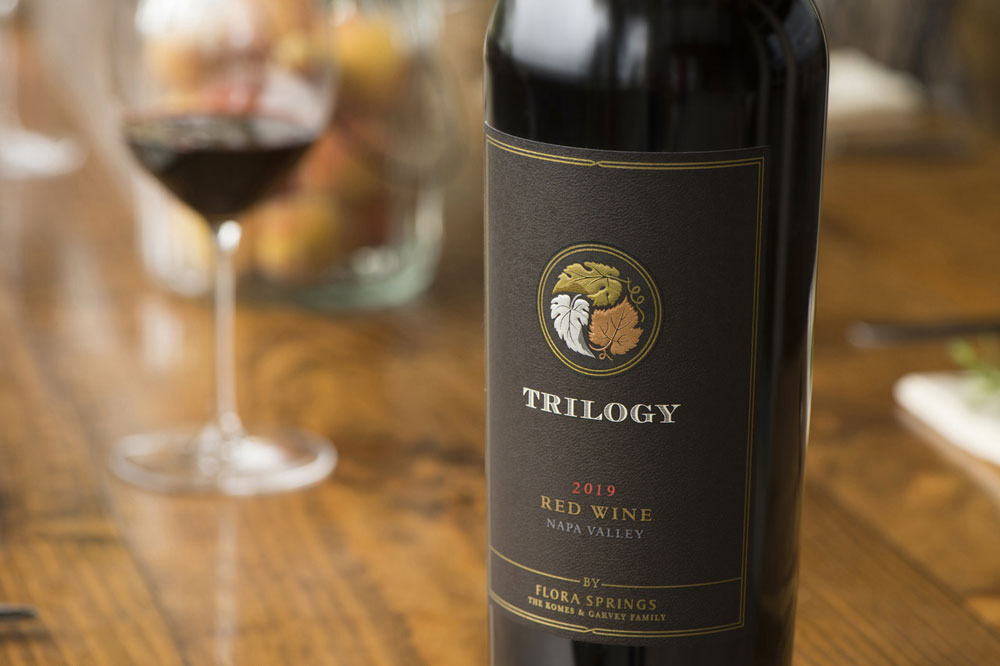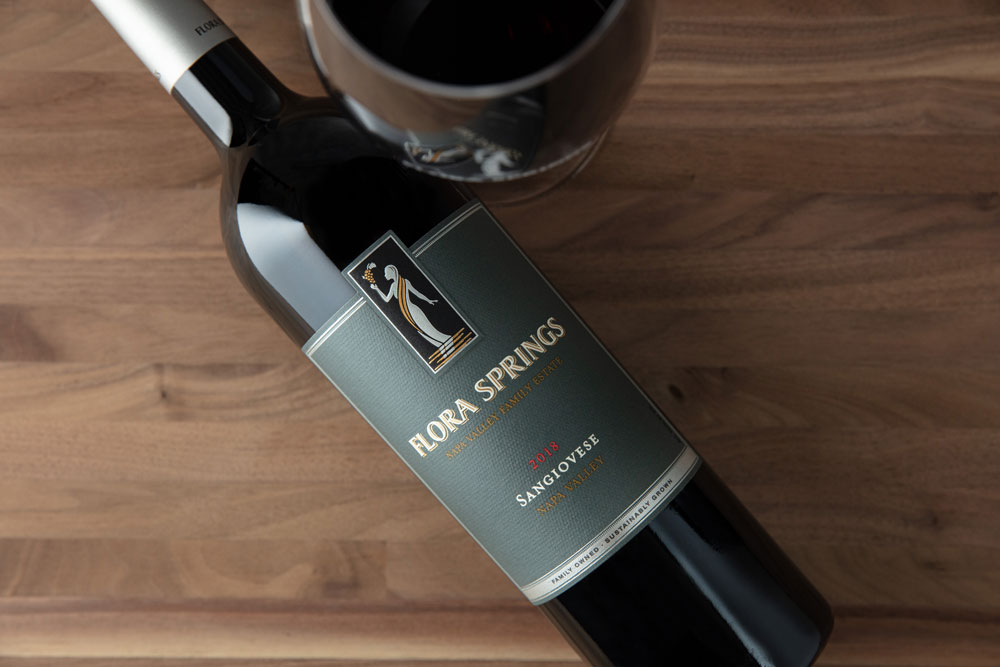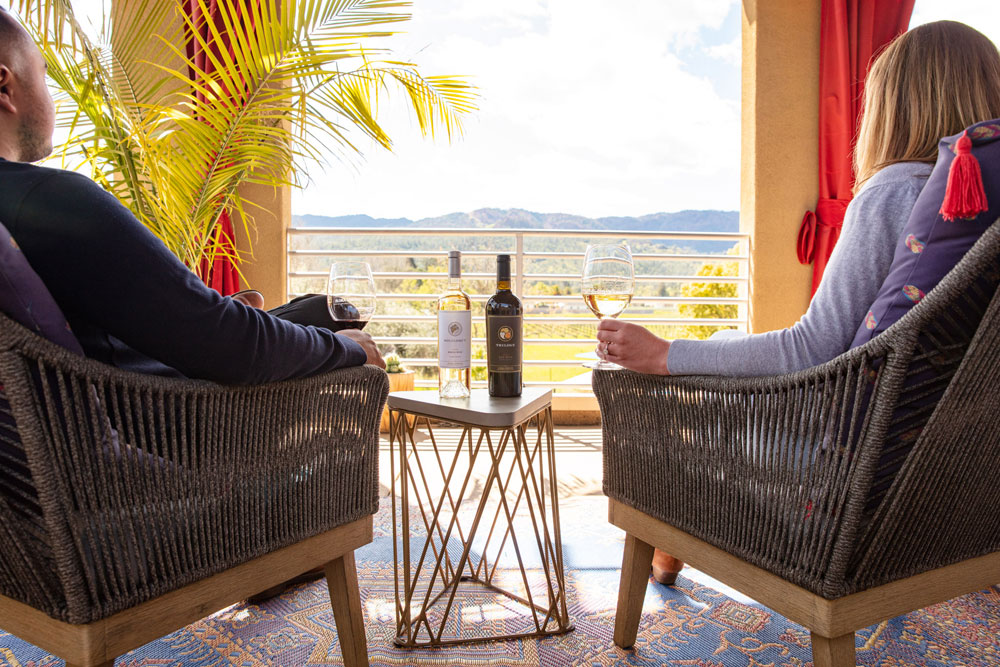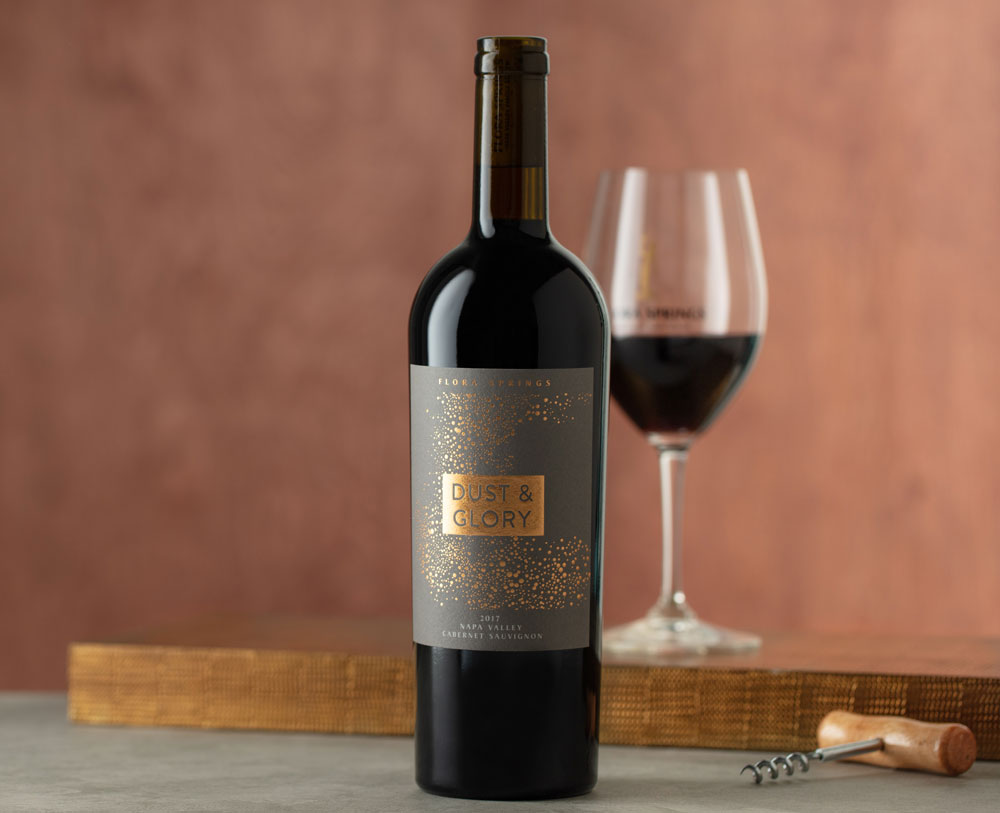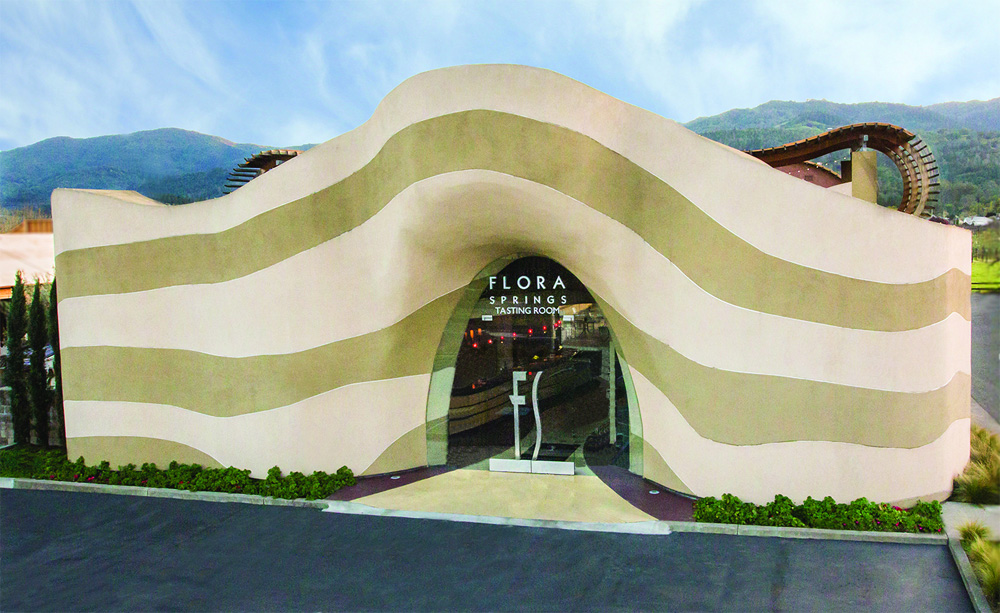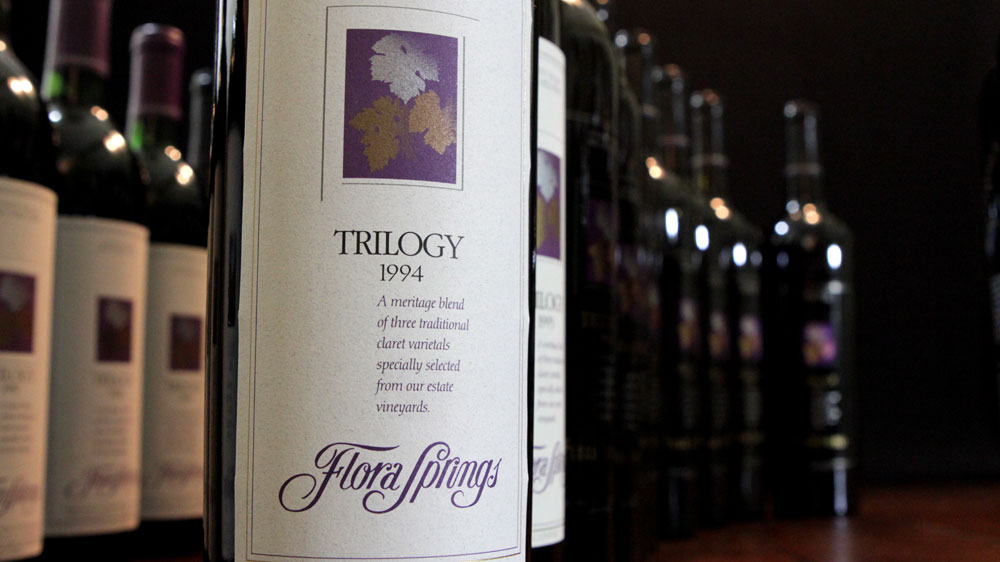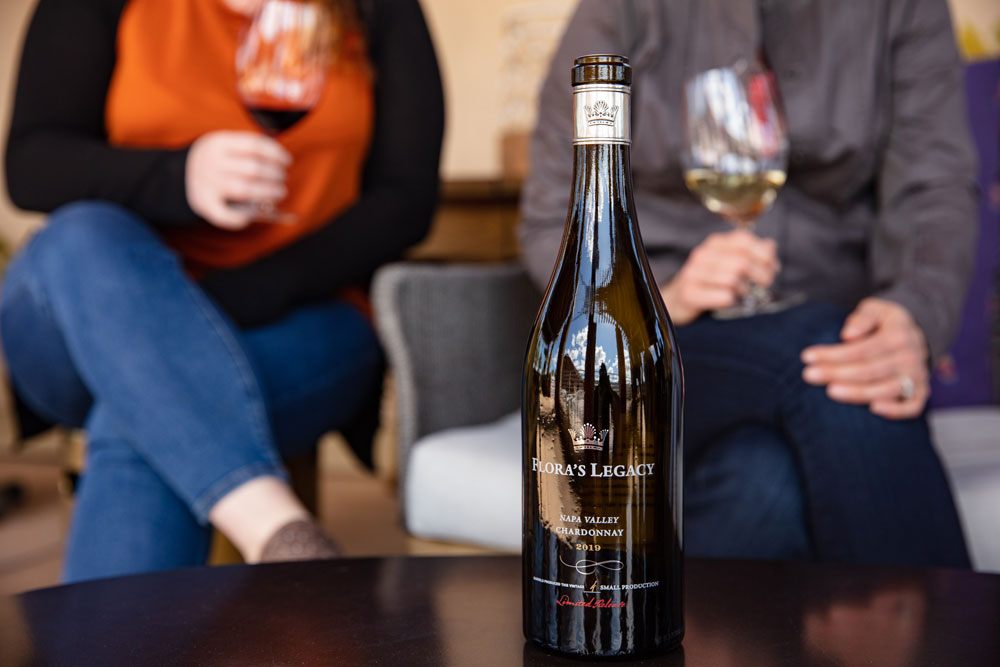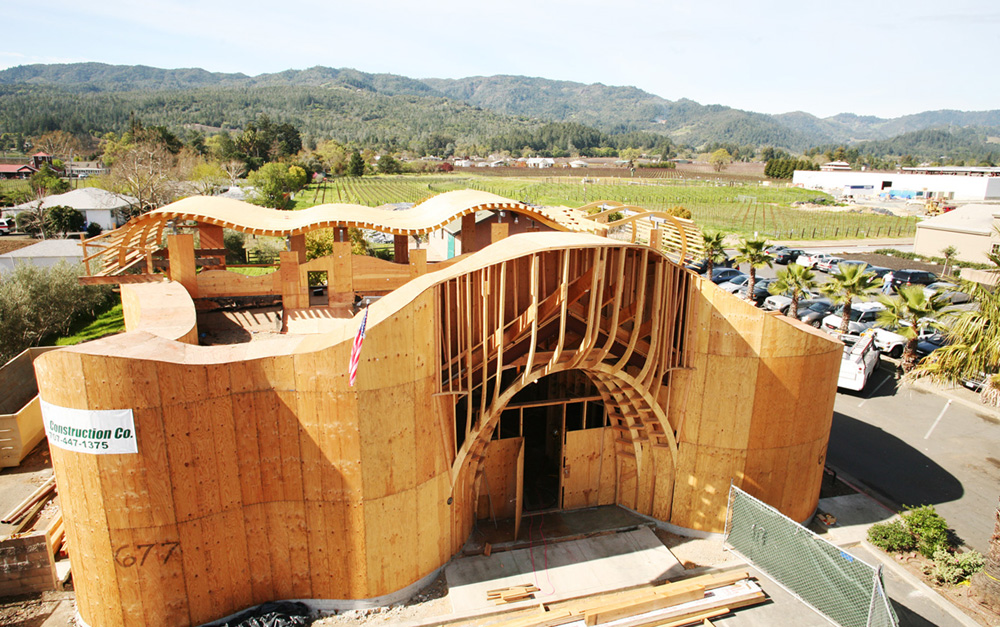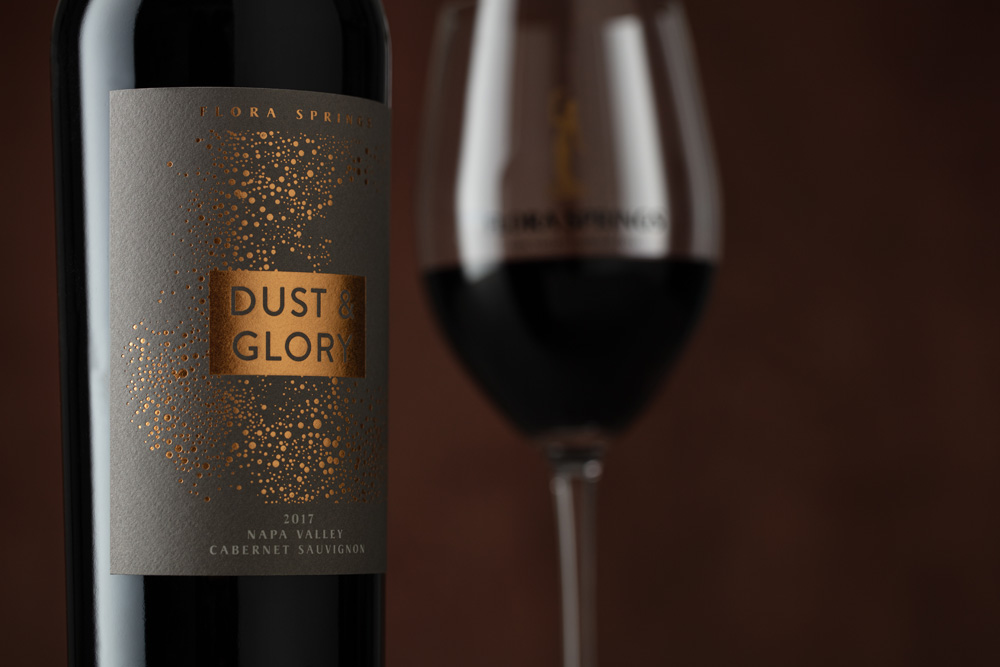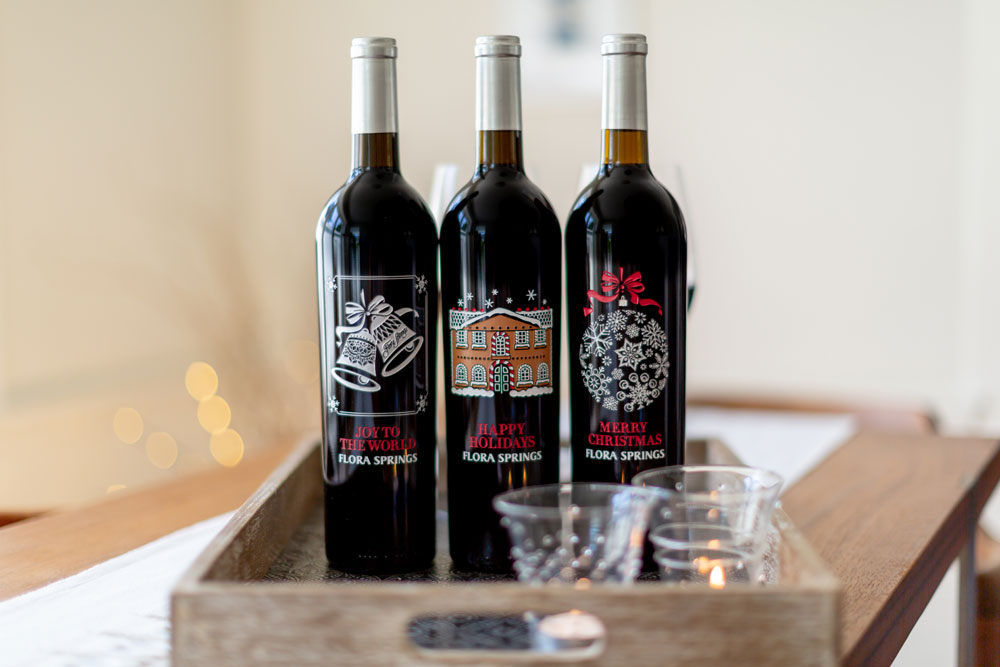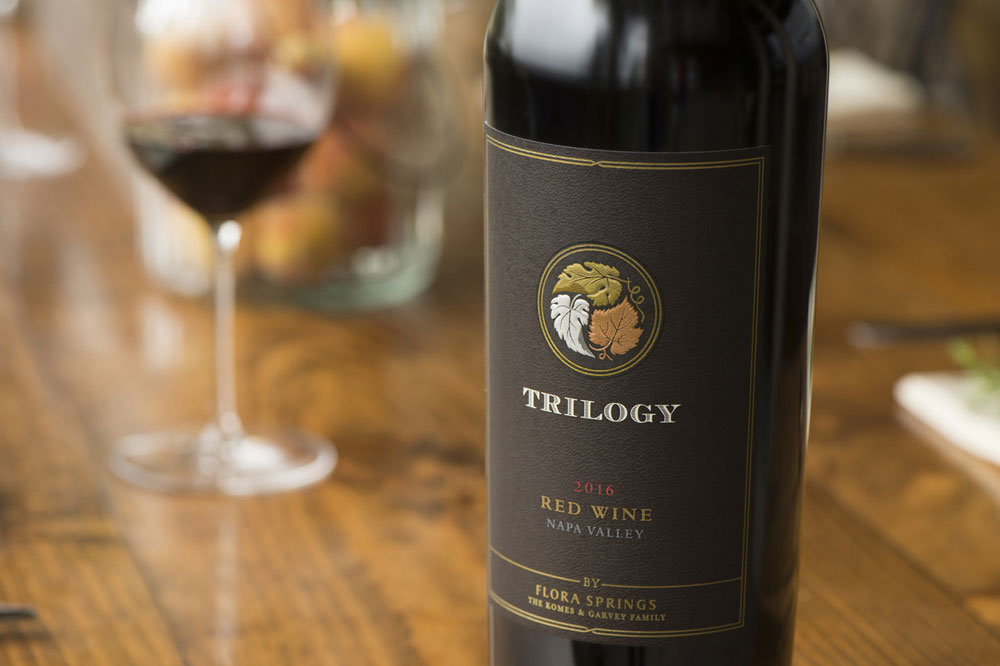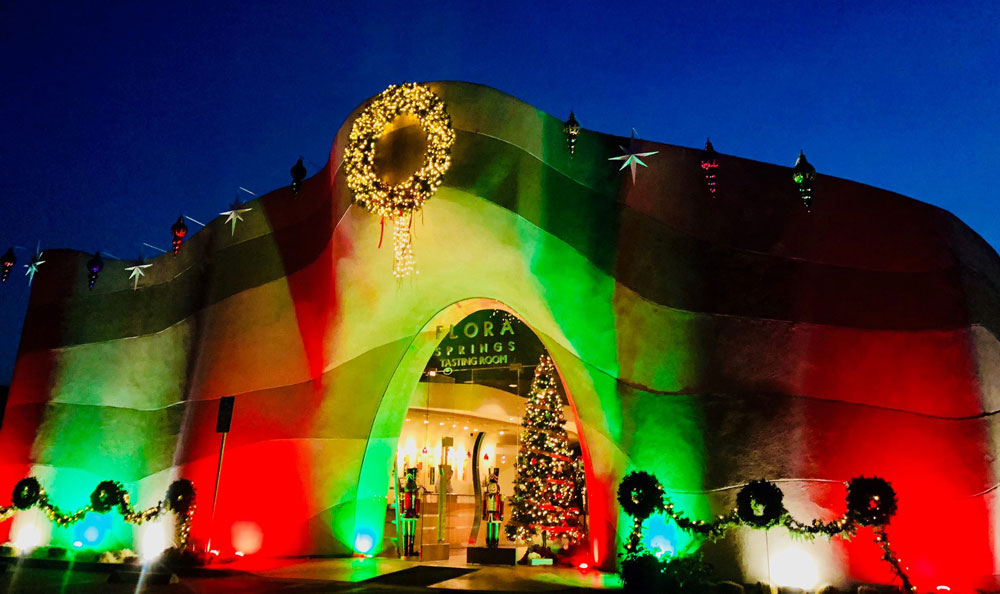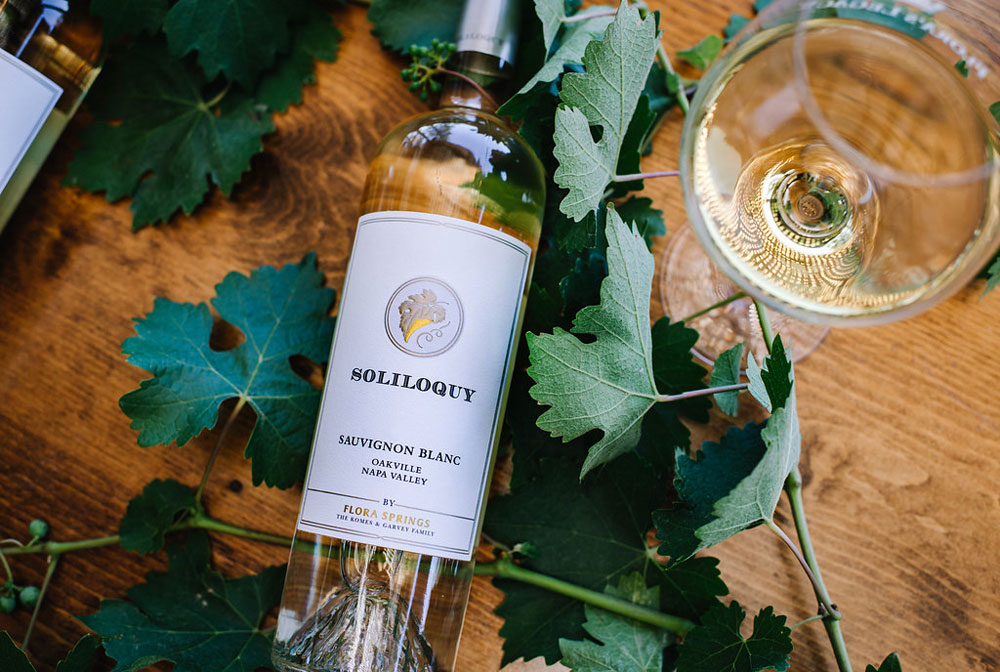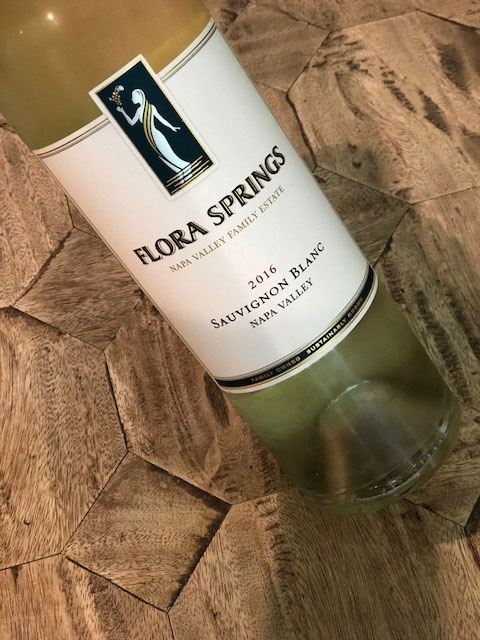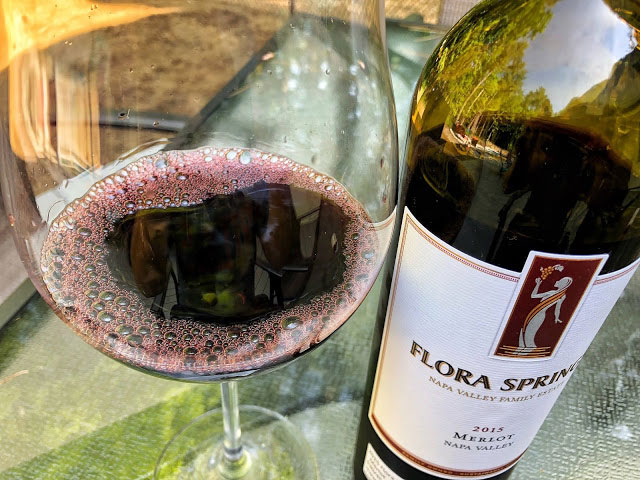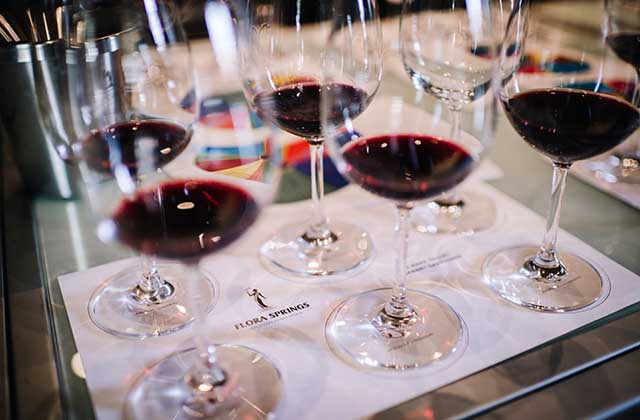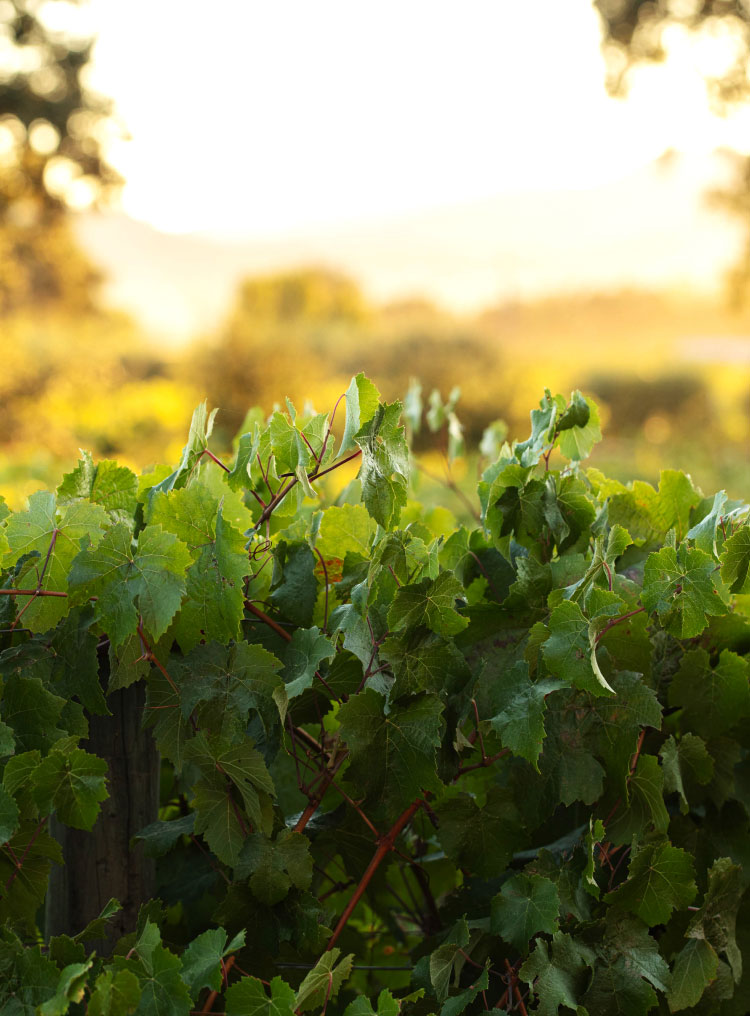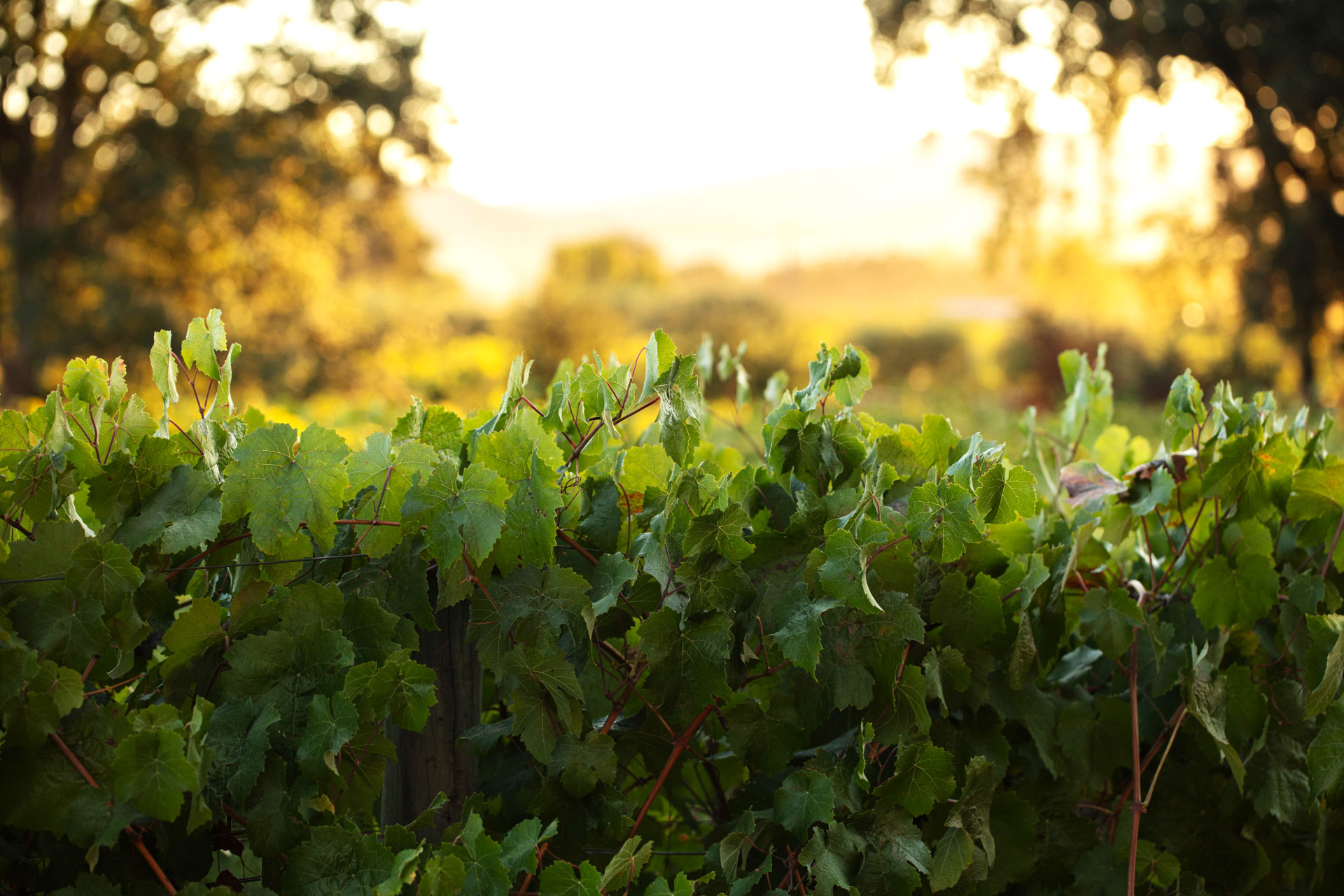Wine Tasting
April 8, 2024
WHAT TO WEAR WINE TASTING IN NAPA VALLEY?
January 26, 2024
Advancing The Legacy: Introducing 2021 Trilogy
August 16, 2023
Flora Springs 2022 Rosé Featured in Forbes Magazine
August 2, 2023
Celebrate National White Wine Day with Vermentino
July 7, 2023
Flora Springs Featured in Luxe Beat Magazine
May 2, 2023
Presenting the 2022 Vermentino
February 20, 2023
Talking Beef with John Komes
June 30, 2022
This Cabernet’s Aging Capacity Is Out of Sight
April 6, 2022
James the Wine Guy on the 2020 Soliloquy & 2019 Trilogy
February 16, 2022
Wine Weirdos on the 2020 Soliloquy
December 30, 2021
Drinking Fine: Our 2017 Dust & Glory Howell Mountain Cabernet Sauvignon
September 25, 2021
Flora Springs Tasting Room Featured in Napa Valley Register
July 20, 2021
How to Open an Older Bottle of Wine
May 26, 2021
Wine Weirdos on the 2018 Trilogy
January 28, 2021
A Tasting Room for the Senses
January 27, 2021
Flora Springs Tasting Room Reopens February 1
July 8, 2020
Presenting Dust & Glory
June 15, 2020
Presenting the 2019 Soliloquy: A Singular Wine
October 21, 2019
Enjoy the Best of Flora Springs with Wine Club Membership
July 17, 2019
When the Critics Weigh In
February 1, 2019
Wine Weirdos Review the 2016 Trilogy
December 2, 2018
Making Spirits Bright at The Room
August 21, 2018
2017 Soliloquy – An Evolution in Style
May 10, 2018
How to Host an At Home Wine Tasting
February 2, 2018
